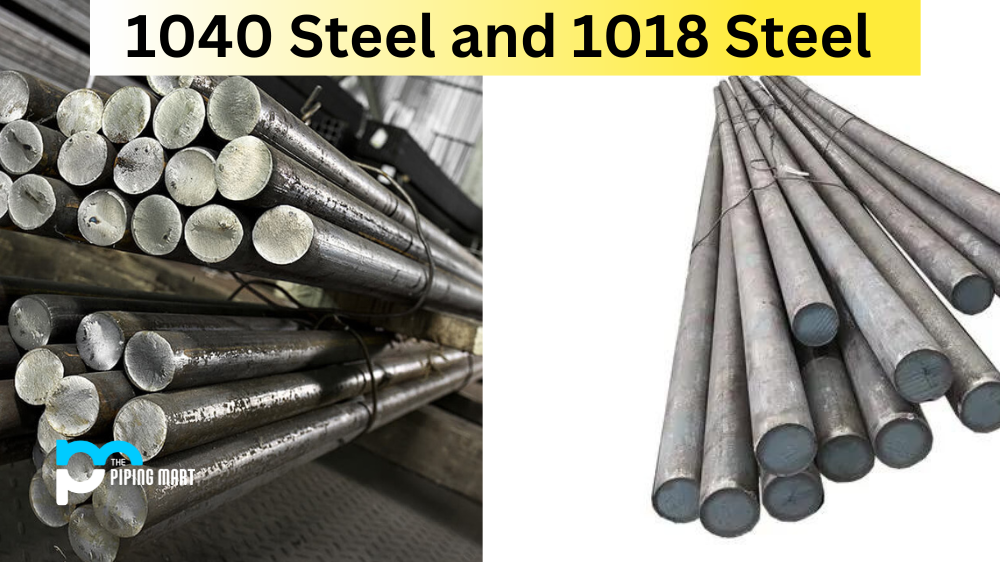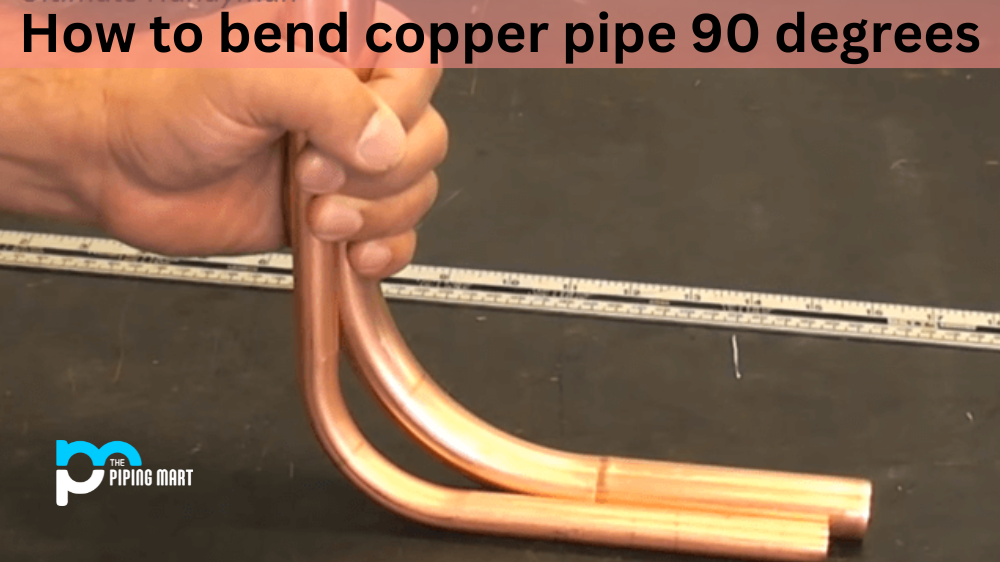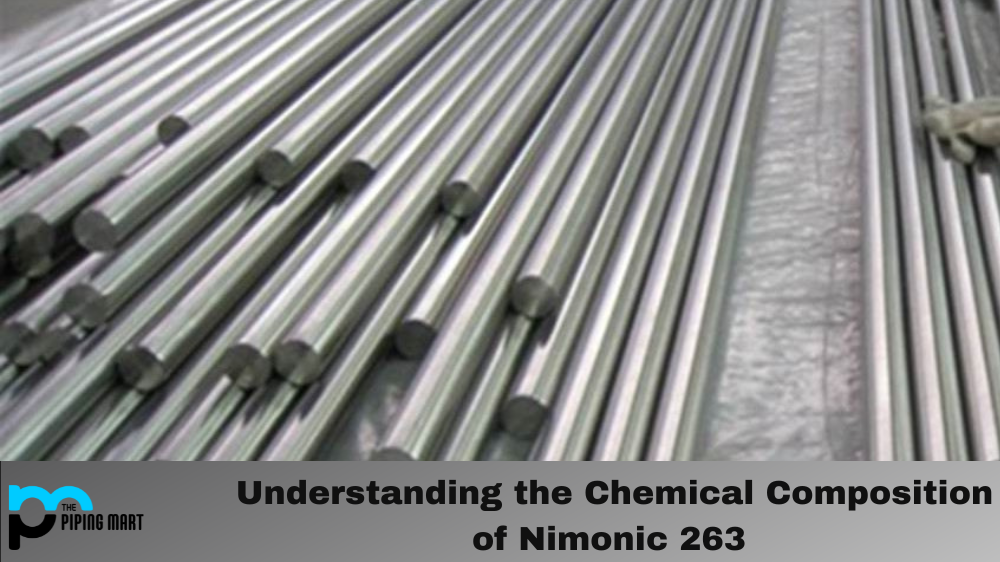Steel is a popular metal used in various industries, from construction to automobile manufacturing. But when choosing the right steel, numerous types are available, each with unique physical and chemical properties. 1040 steel and 1018 steel are two of the most commonly used steels in various fields, but it can be difficult to differentiate between them. In this blog post, we will help you understand the differences between 1040 and 1018 steel and help you determine which is better for your needs.
Difference Between 1040 Steel and 1018 Steel
Composition
One of the main differences between 1040 steel and 1018 steel is their composition. 1040 steel is an alloy composed of carbon, manganese, silicon, and sulfur, with carbon content ranging from 0.37 to 0.44%. On the other hand, 1018 steel is low-carbon steel composed of iron, carbon, and manganese, with a carbon content ranging from 0.18 to 0.21%. Because of its higher carbon content, 1040 steel is stronger and more durable than 1018 steel.
Strength
As mentioned earlier, 1040 steel is stronger than 1018 steel due to its higher carbon content. This makes it suitable for high-stress applications like construction and heavy machinery. 1018 steel is softer and more ductile, making it ideal for more flexible components and can avoid brittleness. 1018 steel is also easier to machine and treats compared to 1040 steel.
Weldability
Another major difference between 1040 steel and 1018 steel is their weldability. 1018 steel has excellent weldability, which means it can easily be welded to other metals without any issues. However, while 1040 steel can be welded, achieving a good weld cannot be easy because of its high carbon content. Special considerations must be considered when working with 1040 steel, such as preheating the metal before welding to avoid cracks.
Cost
Cost is often a determining factor when choosing the right steel for your needs. In general, 1018 steel is much cheaper than 1040 steel due to its lower carbon content. This makes it a more affordable option for applications that require lower-strength steel, such as ornamental ironwork, furniture, and jewellery.
Conclusion
Choosing between 1040 and 1018 steel depends on your specific needs and applications. In general, 1040 steel is a stronger, more durable option ideal for high-stress applications like construction and heavy machinery. On the other hand, 1018 steel is a more affordable option that is softer, more ductile, and ideal for applications that require more flexibility, like furniture, jewellery, and ornamental ironwork. Understanding the differences between these two types of steel can help you make an informed decision and choose the right one for your needs.

Abhishek is a seasoned blogger and industry expert, sharing his insights and knowledge on various topics. With his research, Abhishek offers valuable insights and tips for professionals and enthusiasts. Follow him for expert advice on the latest trends and developments in the metal industry.




